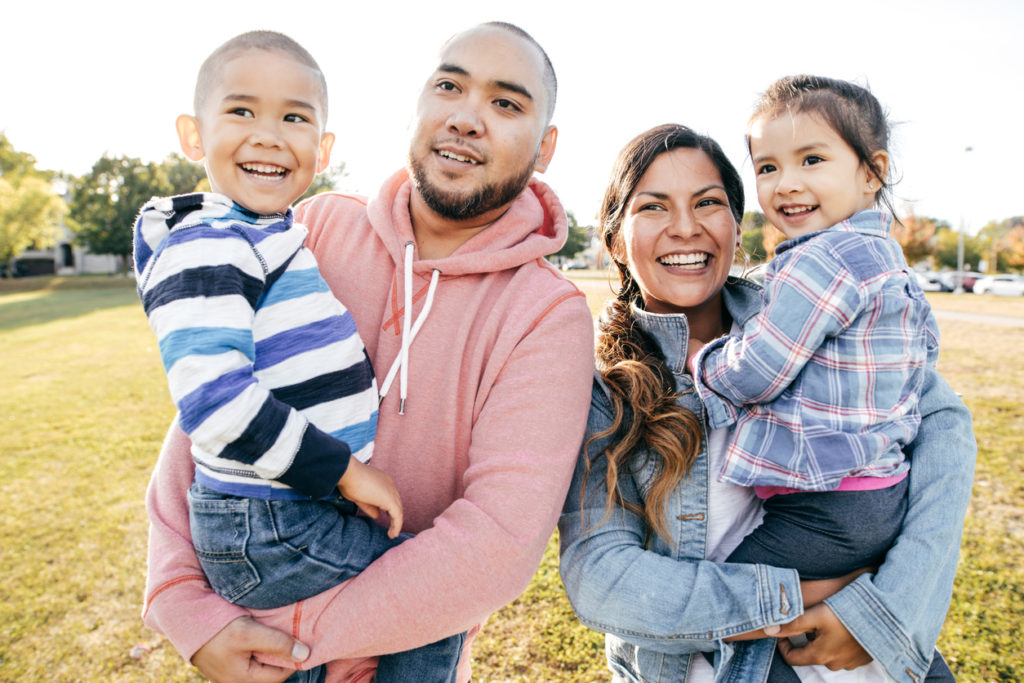When faced with the desire to emigrate to a country to be closer to your family, there are a variety of options to choose from for individuals who have a close familial relationship with a U.S. citizen or permanent resident.
Although family unification is a pillar of the American legal system although the immigration process, quota, and documentation can create stress and frustration for immigrants and citizens alike. In the United States, there are a total number of 480,000 annual visas available for non-immediate relative family-sponsored immigrants. Sadly, once this quota is reached, relatives must wait until the next fiscal year on October 1 to file for a visa, and then they must continue to wait as their visa application becomes evaluated for their category.
When approaching the possibility of becoming reunified with your family, there are a variety of options one can take.

K-1 Fiancé Visa
Popularized by the reality television show, 90 Day Fiancé, this visa has the ability to unify a US citizen with an overseas fiancé prior to getting married in the US or their other respective country. The sponsor (usually the fiancé) must further demonstrate that their relationship is serious with such promises that they have met in person before the fiancé’s arrival in the US. Each visa application is scrutinized and evaluated on a personal basis and includes questions regarding each individual’s income, plans on staying in the US, and the validity of the relationship. And, of course, the most important restriction with this visa is that once the immigrant fiancé arrives in the US, the couple has only 90 days to become married after the date of entry on American soil. This visa cannot be extended or re-generated without a return to the emigrating country.
Visas for Immediate Relatives
Thankfully, individuals who are already married to US citizens, along with minor children and parents of US citizens, have an easier time getting to the US as these visas are unlimited in amount and can be used by any US citizens who can meet the residency and financial requirements for sponsorship.
K-3 Temporary Visa
With this temporary visa opportunity, a US citizen has the chance to bring an overseas spouse or child to their family in the US with the hopes of attaining the issuance of US Resident Alien status. However, these visas do have strict requirements for the beneficiary including a certain income, marriage status, and children who must be born to the US citizen prior to sponsorship, adopted before the age of 16, or stepchildren when the marriage to the citizen parent took place before the child turned 18 years of age. These visas are valid for 2 years after which nationals can process their final Resident Alien status within the US or a US Embassy abroad.
V-Visa
Lastly, this visa allows a US Resident Alien, otherwise known as a green card holder, with an overseas spouse or child to bring their family to the US prior to issuance for their own Resident Alien status. This visa requires the same status applications as the K-3 temporary visa but differs in the fact that in order to be eligible for V status, an Immigrant Relative Petition must have been filed for the overseas member, this petition must be pending for at least 3 years, and a regular green card is unavailable. This visa is helpful to ameliorate the long delays of at least 5 years that many faced from the time of initial application of Resident Alien status for immediate relatives of a green card holder.

